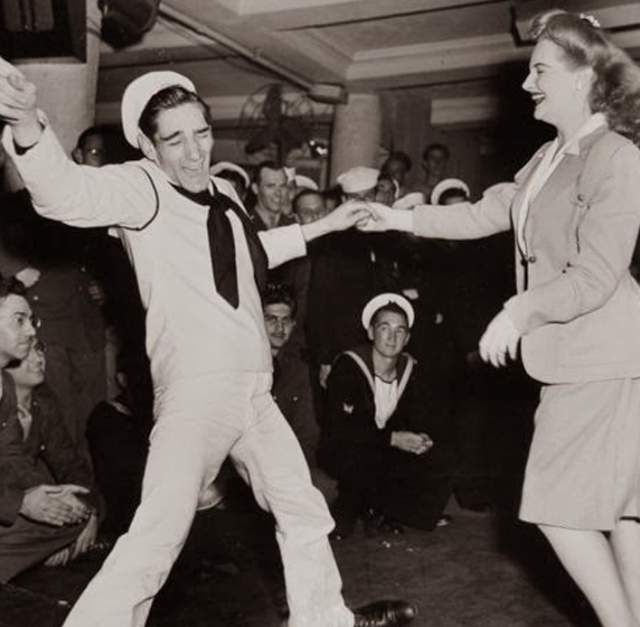![]() A visit to America’s Hometown would not be complete without admiring and exploring the architectural treasures of the area. The story of the development of this historical area can be told through the structures built long ago but still standing proudly today. As you follow this trail, you will encounter early structures built during the 1780s and many more from the 1800s and early 1900s.
A visit to America’s Hometown would not be complete without admiring and exploring the architectural treasures of the area. The story of the development of this historical area can be told through the structures built long ago but still standing proudly today. As you follow this trail, you will encounter early structures built during the 1780s and many more from the 1800s and early 1900s.
The Fayetteville area, with its proximity to the Cape Fear River, was an early trading and commercial center. The early commercial buildings were part of Liberty Row and served as a place for craftsmen’s shops. In the 1780s and 1790s, more commercial buildings, including Cool Spring Tavern and The State House, were constructed. The State House existed at the location of today’s Market House and was constructed in 1789, in time to house North Carolina’s ratification of the U.S. Constitution and subsequent notable events. Expansion west in the city occurred in the late 18th century as the Historic Haymount area was developed. Haymount, overlooking the town center, is one of the oldest intact residential areas. Major national architectural styles are all represented here, such as Federal, Greek Revival, Victorian, Colonial Revival, and bungalows. Disaster struck when the Great Fire of 1831 leveled much of what the early town had created, destroying over 600 structures, including churches, commercial buildings, homes, and the State House. Immediately following the fire, reconstruction began to replace much of what was lost, and the Market House replaced the State House. Around 1890 to 1900, a stately Victorian neighborhood sprang up along Person Street; one of its remaining structures is the Sedberry Holmes house. In the 1920s, numerous commercial structures were built downtown, including the Prince Charles Hotel. As the population grew, another type of commercial development occurred during the 1970s, with the addition of large shopping centers. Fayetteville’s commercial development then sprawled out of the downtown core. In 1999, Fayetteville’s Historic Downtown District was designated in the National Register of Historic Places, which became a major milestone in the downtown revitalization effort. As you visit these and other locations on the trail, try to imagine the period in which they were built and travel back in time to live before modern economic development.
By the early 1800s, Scots appeared to be the largest, most cohesive population residing in the Upper Cape Fear region. As a part of that influence, they were early officeholders at all levels. Today, the area has diversified in ethnic population, but the descendants of the early Scottish settlers are still active and proud of their heritage. An example of this cultural celebration is an organization called the Cape Fear Valley Scottish Clans, which hosts an annual Robert Burns’ Supper.
Click here for turn-by-turn instructions.
You Might Also Like
African-Americans on the River
A new exhibit, African-Americans on the River, opens Tuesday at the Fayetteville History Museum…
OPENING THE VAULTS: Treasures of the Fort Liberty Museums
The U.S. Army Airborne and Special Operations Museum (ASOM) will open on March 14, 2024, its new…
Muses in Mother Nature: Honoring the Devine Feminine
Welcome to our upcoming art and wellness showcase, "Muses in Mother Nature: Honoring the Divine…
Historical Summer Sewing Workshop: 1940s Time to Dance
Join us for our Summer Sewing Workshop to create a Boogie Woogie Beautiful 1940s Dance Dress! And…





